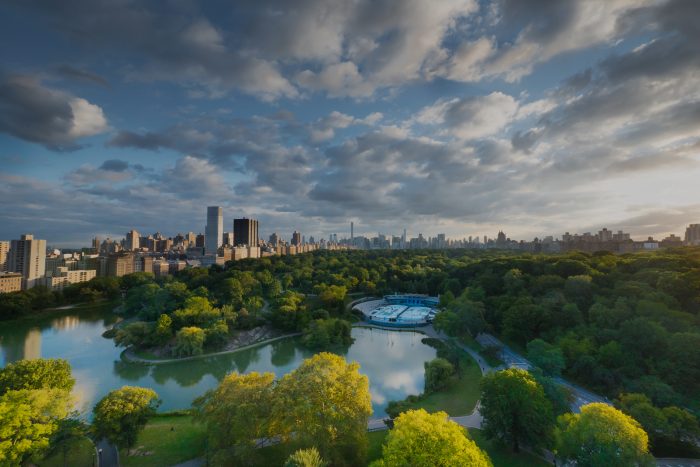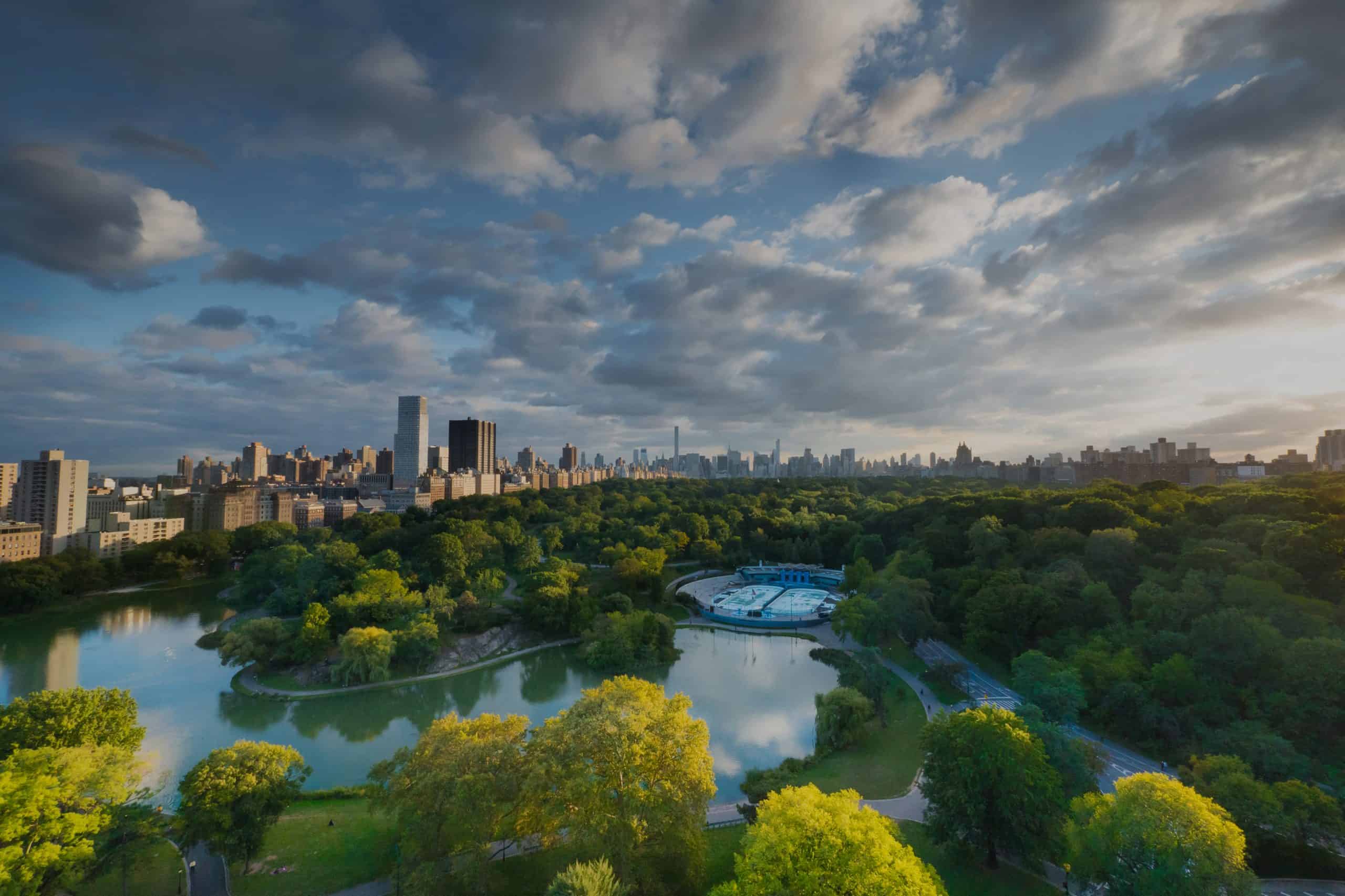Regenerative development is the next level of sustainability. It changes the focus from the project as a singular thing to recognizing its role as part of a larger system and allows us to focus on balancing and harmonizing the factors that contribute to the long-term viability of that project. It seeks to better connect it to place and the integrated systems necessary to support and help it evolve over time.
Depending on your point of view, the sustainability movement has either made great strides in becoming a baseline consideration for the way we develop space or isn’t doing nearly enough to minimize and reverse the negative impacts of how we create our built environment. Either way, most people will at least acknowledge that we can be doing much more to reduce our impact on the natural systems of which we are an integral part. This forces us to recognize that we’ve spent the last few hundred years collectively not paying much attention to the consequences of our methods. But we are becoming more aware of the negative impact those methods have on the health and well-being of both our environment and the people who live, work and play in our developments.

In the last quarter century, that awareness has grown to cause significant alarm in many sectors and a ho-hum reaction in others, pitting sometimes extreme viewpoints against one another. But where is the middle ground that will let us end the arguing and start working towards the common goal of survival? Perhaps we can start with updating the definition of Sustainability, which has become watered down and only equated with energy efficiency and earth-friendly material choices, and ask “What, exactly, are we trying to sustain?”.
The answer should be “Life.” When we zoom out to that level, the playing field of considerations changes drastically. It brings into focus the need to see and understand larger systems – living systems that are interconnected and are becoming unbalanced by our actions. When seen through this lens, Sustainability takes on a much deeper meaning.
This definition begs plenty of follow-up questions. Yes, energy efficiency and environmentally friendly materials matter. So, too, does wellness, resiliency, emerging technologies for smart buildings and cities, and most of the related niches that people diligently focus on improving. But until we consider that larger picture and the intrinsic relationships that nature has established, our design choices will fall short of delivering projects that can integrate with their Place and contribute positively to the system they exist in.
So how do we accomplish this? First, by starting any project with consideration of the Place it will live, and to what system(s) it is connected. If we view a project as a convenient leverage point to affect a system, we can begin to recognize the ways it might have positive (or negative) impact, which can help guide our design choices. More specifically, we can focus on the inherent potential of the project and the role of the people related to the project and set goals that have a deeper purpose. From here, it’s easier to create a roadmap for how the project team needs to collaborate around that purpose, maximizing each team member’s contribution. Five areas of capital can be considered and affected through the project: Human, Financial, Natural, Social and Produced. While the equation is never the same for each, healthy systems always find a dynamic balance between these factors in order to sustain life within that system. When this is accomplished through a project being not just inserted in, but deeply connected to its place, the result is a regenerative contribution to the system that is truly sustainable.

